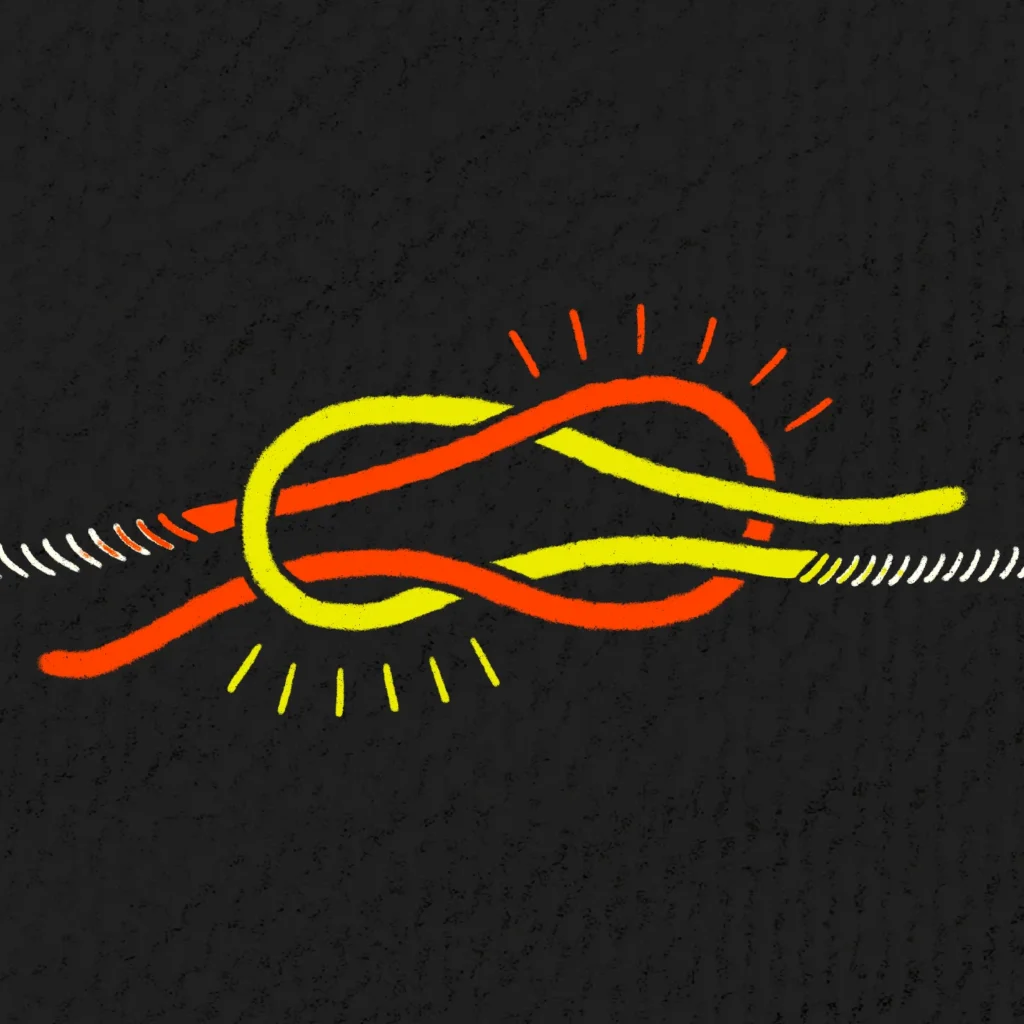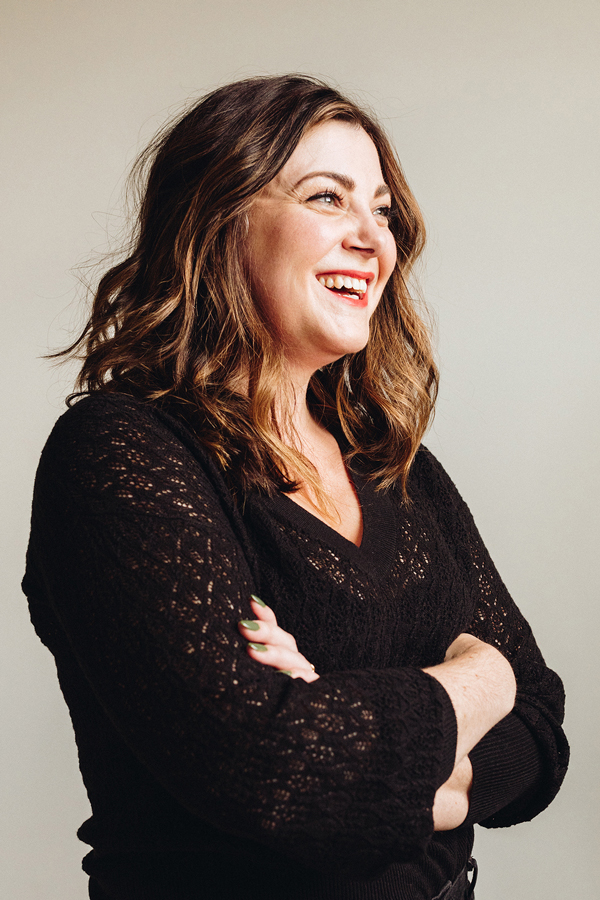
Why a Branding Agency Needs a Head of Product
After nearly 15 years in Creative, I’m packing my bags and moving to an as-yet-undiscovered block of Agencyland: Product.
Well established across the tech and consumer goods industries, the “Product” function is virtually nonexistent in agencies. But as client needs have shifted and agency business models have faced disruption, it’s time for the industry to reconsider how we develop and sell our offerings.
In doing so, we can change both the type of offerings we sell, and the way we build relationships. Like many agency roles, as Head of Product my focus will be divided between our clients’ businesses and the Superhuman business. Here’s a look at how that shakes out in practice.
Product as an Offering
Superhuman has been in the incredibly fortunate position to build brands for and alongside some of the country’s leading technology companies. Though we also work with non-profits, food brands, and many other types of companies, we’ve carved out a unique space for ourselves helping private equity-owned technology companies navigate major inflection points—often as the result of an acquisition, merger, carve-out, or exit. For these companies, change causes massive disruption across the organization, and Superhuman’s branding expertise helps them create a thread that unites the organization. But unlike consumer goods companies that are generally brand-led, technology companies tend to be product-led. And oftentimes, the disconnect between marketing and product teams translates to a gap between the company’s brand and the product(s) it sells.
In this new role, and through the launch of this new product offering, I am determined to help our clients close that gap. Rather than tying off our thread at the brand-level, Superhuman is now able to offer services tailored specifically to the needs of Product teams.
In my time as a Copywriter and Creative Director, I considered my job fundamentally that of a storyteller—communicating the value of our clients’ offerings to their customers in a way that resonated with them. The role of a Product Manager isn’t terribly different: at the highest level, a great product manager looks at the business’s objectives and the customers’ needs, and builds a product to meet both. Where Superhuman can support this work is in defining the product vision and best-fit customers, tailoring a differentiated value story, and communicating that story in the most compelling and effective way possible.
Over the last year, we’ve soft launched our product capabilities with a number of technology clients, including Spave, a consumer fintech start up that came to us initially for brand and activation work to support the relaunch of their app. As we immersed ourselves in their business, it became apparent that they had needs beyond the scope of branding. A successful relaunch of the app would require a more clearly defined product strategy, a closer examination of their ideal customer, new product positioning, and a whole new app experience to match. To accomplish these lofty goals, my colleague Laura Horan (Head of Digital Experience) and I began a staff augmentation engagement that positions us as the fractional leaders of their Product and Customer Experience function through the relaunch. With clear milestones, dedicated workstreams, and a deeply trusting partnership with the talented and passionate Spave team, we are on-track to release the new app this spring. Check back for a case study later this year.
Product as a Function
Serving clients’ needs is, by definition, the cornerstone a client services business. But in practice, the traditional agency model is not always set up to do that. Instead, the model generally functions one of two ways: a single prix fixe offering to all clients—which fails to account for the nuances of the business challenges (the chef requests no substitutions); or retainer relationships where account managers act as intermediaries, translating requests into a brief for the executional teams to deliver on—which prioritizes output over effectiveness.
There are plenty of companies and agencies for whom this model works. And that’s great! No need to fix what isn’t broken—carry on! But for Superhuman’s clients, that model hasn’t always been successful. Traditional agencies built their services and processes around the needs of mid-century corporate America, and even as they have evolved to reflect the modern media landscape, most have not evolved to meet the needs of an entirely new type of business. In the wake of the Dot Com Bust and the 2008 Financial Crisis, the rise of the SaaS model rewrote the business playbook, upending everything from pricing model, to org structure, to—you guessed it!—marketing strategy. As those companies have grown in scale and sophistication, their marketing needs have too, and neither of the traditional agency approaches have been able to offer the combination of deep business acumen and powerful creative expertise the industry demands.
Which is why Superhuman has expanded our thinking to encompass a product mindset. Taking a page out of those clients’ playbooks, we have reimagined how we develop and sell our offerings. Instead of providing a menu of services or a dedicated order taker, we have adopted the same principles our clients use to develop their products:
-
Customer Intimacy
By deeply understanding the pain points, motivations, and unmet needs of our clients, we can develop offerings that truly meet their needs and help them accomplish their business objectives.
-
Competitive Intelligence:
By broadening our aperture to reflect the true breadth of competitive alternatives to our services (yes, full-service agencies; but also: boutique design shops, management consultancies, in-house agencies, freelancers, etc.) we gain insight into how our clients are making their decisions, and where we can and should (and can’t and shouldn’t!) compete.
-
Differentiated Value:
Understanding our customers and competition helps us clarify and articulate our unique value. What do we offer that no one else can? How does our culture, process, expertise, and capabilities support their business needs? How can we tell that story in a way that resonates with our clients and their stakeholders?
By embracing this new approach, we hope to not only develop new offerings to support our clients’ challenges, but also to fine-tune our existing offerings and clarify how we position them.





